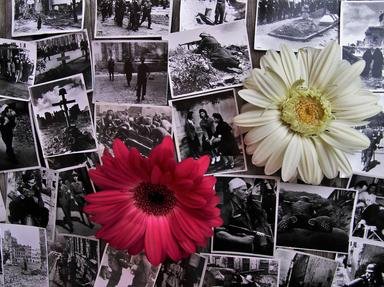Quiz Answer Key and Fun Facts
1. Coronation of the first "Emperor of the Romans" after the fall of the Western Roman Empire
2. Avicenna writes "The Canon of Medicine"
3. First Bible printed using a movable type printing press
4. Establishment of Orto Botanico di Padova, the oldest academic botanic garden still in its original site
5. Year of reign of Urban VII, shortest reigning pope
6. Establishment of Harvard, oldest university in the United States
7. Final year of reign for longest serving monarch of France
8. Birth year of the youngest person to sign the US Declaration of Independence
9. Longest serving pope's (Pius IX) final year of reign
10. Sale of most expensive painting of the second millennium, van Gogh's "Portrait of Dr. Gachet"
Source: Author
pusdoc
This quiz was reviewed by FunTrivia editor
ponycargirl before going online.
Any errors found in FunTrivia content are routinely corrected through our feedback system.
